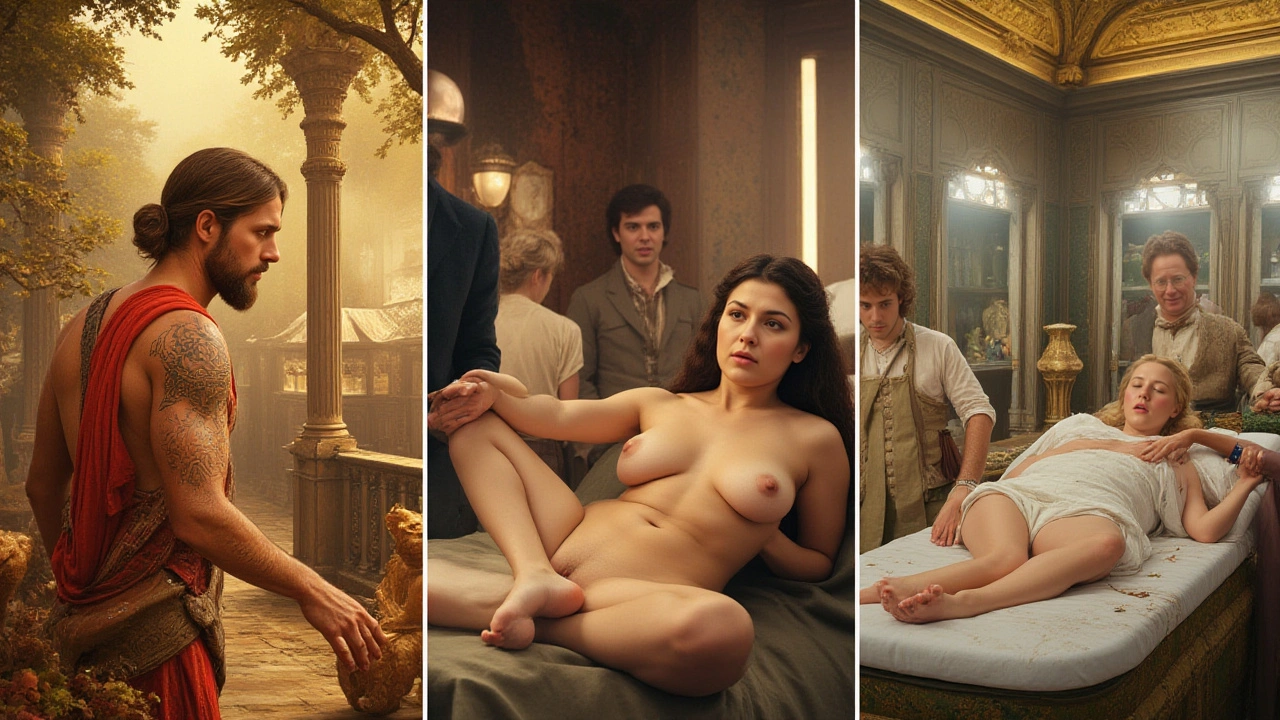Massage Evolution: From Ancient Healing to Modern Relaxation
Ever wonder why a hot stone session feels so different from a quick foot rub? The answer lies in centuries of trial, error, and cultural exchange. Massage started as a basic way to ease pain and improve blood flow, then grew into a sophisticated blend of science and tradition. Today you can book a therapist who mixes Swedish strokes with trigger‑point work, or try a tech‑enhanced session that uses vibration plates. Let’s break down the biggest shifts that got us here.
From Rituals to Structured Techniques
Ancient cultures—think Chinese, Indian, and Egyptian—used touch to balance energy, boost immunity, and even perform spiritual rites. Those early practices were intuitive, relying on a therapist’s feel rather than a manual. Around the 19th century, European doctors began documenting specific strokes, pressure levels, and treatment durations. This turned massage into a teachable skill, spawning the first official schools.
The Swedish method, created by Per Henrik Ling, introduced systematic movements: effleurage, petrissage, tapotement, and more. It gave therapists a common language and set a benchmark for Western massage. Meanwhile, Asian traditions kept evolving—Thai massage added yoga‑like stretches, while Indian Ayurvedic massage integrated herbal oils.
Science Meets Sensation
Fast forward to the 20th century: researchers discovered that massage lowers cortisol, raises serotonin, and improves circulation. Those findings fueled a new wave of evidence‑based therapies. Deep tissue and sports massage emerged to target athletes’ specific needs, while lymphatic drainage focused on detox and swelling reduction.
In the 2000s, technology entered the clinic. Hot stone, aromatherapy, and sound‑wave devices introduced multi‑sensory experiences. Mobile outcall services let therapists bring a full‑setup to your living room, a trend that exploded during the pandemic. Today, AI‑driven apps can track your muscle tension and suggest personalized routines.
All these innovations share a common goal: make touch more effective, accessible, and enjoyable. Whether you’re after stress relief, injury recovery, or a boost to mental health, there’s a modern technique that builds on ancient wisdom to meet your needs.
So how do you pick the right style? Start by asking what you want to feel afterward—deep relaxation, pain relief, or an energy lift. Then match that goal to a technique: Swedish for overall calm, deep tissue for stubborn knots, lymphatic drainage for swelling, or a hot stone session for soothing warmth. Don’t be shy about asking the therapist how they blend methods; most combine several to create a custom experience.Remember, the evolution of massage isn’t just about new moves; it’s about understanding your body better and using the best tools available. The next time you book a session, think of it as stepping into a long line of healers who’ve refined the art of touch over thousands of years. Your body will thank you.
Body Massage Through Ages: Ancient Healing to Modern Wellness Techniques
Discover the fascinating story of body massage, tracing its evolution from ancient rituals to today's advanced therapies. Uncover unique facts, tips, and global influences.
VIEW MORE
